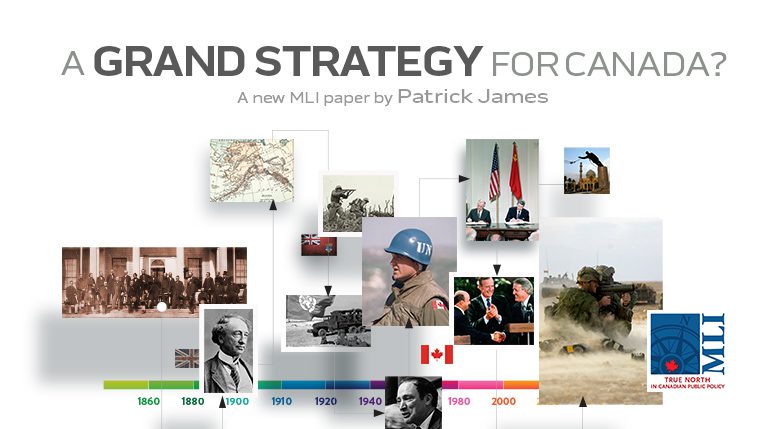By Patrick James
March 20, 2024
Executive Summary
Does Canada have a grand strategy? If so, what is it, and how is it working out? Furthermore, how might a grand strategy become more effective? This study of Canadian grand strategy unfolds in five sections. After an introductory overview, the first section seeks to answer basic interconnected questions: What is grand strategy, in the abstract, and how does it emerge? Section two explores what grand strategy means in the case of Canada. The third section reviews contemporary discourse on grand strategy in the Canadian context. Section four traces the evolution of Canadian grand strategy and looks ahead to the future; I utilize a graphic approach, systemism, to achieve these goals. The fifth and final section sums up what has been accomplished and addresses potential future research.
Canada has long been known as a “middle power.” What it lacks in sheer military or economic power, it makes up for in terms of influence – its ability to collaborate with and to persuade great powers, such as the United States, to achieve its broader strategic goals. A relatively small power, seeking to make the best of things in world politics, will work within geopolitical limitations set by the great powers. Often, small powers must focus on regional or even sub-regional concerns shared with one or more key neighbours. In this context, Canada is often cited as an exemplar of a smaller state with a grand strategy.
History helps to reveal the principal contextual elements of a Canadian grand strategy. These include an awareness of a strategic triangle, a middle power identity, and a pursuit of “defence against help” (i.e., being able to defend your sovereignty as a nation without overly relying on the assistance of a great power). These concepts, to varying degrees, have throughout history helped to shape Canada’s foreign policy and grand strategy.
Viewing Canada’s actions on the world stage through the lens of systemism can help to focus and sharpen our understanding of Canada’s grand strategy. A systemist graphic conveys the history of Canadian foreign policy and effectively assists in highlighting three elements of a grand strategy: a strategic triangle involving the United States and United Kingdom/European states; middle power identity, and defence against help.
It is my contention that Canada does have something that resembles a grand strategy. However, it remains a work in progress. My analysis suggests that Canada, by focusing so intently on long-term challenges such as climate change, risks being unprepared for swiftly changing security threats, such as the Arctic territorial ambitions of Russia and China.
This study has implications beyond Canada. Is Canada’s experience with regards to grand strategy typical, or an anomaly compared to other middle powers? Future research should focus more specifically on what is feasible for Canadian grand strategy in an era when public opinion focuses more on climate change than immediate dangers. As a middle power, Canada is not able to lead that campaign. However, it can take decisive action to prepare for new and imminent challenges to its sovereignty.
Read the full paper here:







